F18 The Edge: Stuart Bloomfield design
 I Asked Stuart Bloomfield from Bloomfield Innovations to describe the main features of his firts F18 design, Windrush Edge
I Asked Stuart Bloomfield from Bloomfield Innovations to describe the main features of his firts F18 design, Windrush Edge
—
Windrush Yachts approached Bloomfield Innovation to design the hull for their new F-18 Edge at the end of September (2009). Bloomfield has been designing larger sailing and power cats for may years and was selected based on the performance, handling characteristics and track record of their offshore racing catamaran designs. In less than four months the boat has been designed, production moulds completed and the first two boats built and sailing; the boys have only had a few days sailing to set the boats up before driving all the way across the country (Australia – they are currently en route) to compete at the Nationals.
 The most obvious features of the new design are the “Edge” or chine that extends the full length of the hull parallel to the waterline and the bow profile that is vertical below the “Edge” and raked aft above it. The basic hull shape is a development of the standard Bloomfield catamaran hull shape (left pic) that has a design heritage extending back half a century. Throughout the development of the design the boys at Windrush gave plenty of feedback, providing invaluable F-18 sailing experience, which helped guide the design. As with any design, the characteristics of the hull have been tailored to suit the specific use; in this case we have the advantage of movable ballast (crew weight) that we don’t normally get with our larger designs, so the hull has characteristics built into it to enhance high and low speed performance dependent on the trim (which is controlled by crew weight) and sinkage on each hull (one hull only at high speed). Basically we have tried to minimise wetted surface area at low speed and maximise dynamic lift (planing) at high speed. The shape of the chines help at high speed and the rocker profile provides a balance of low speed performance and compliments the chines at high speed. The “Edge” chine has several functions: aesthetically it provides a distinctive look to the Windrush F-18; the aft section assists planing using the same principles as planing powerboat hulls; the forward section acts to reduce the wavemaking and wetted surface area by encouraging the water to separate from the hull at that point; it also helps damp out pitching motion in waves.
The most obvious features of the new design are the “Edge” or chine that extends the full length of the hull parallel to the waterline and the bow profile that is vertical below the “Edge” and raked aft above it. The basic hull shape is a development of the standard Bloomfield catamaran hull shape (left pic) that has a design heritage extending back half a century. Throughout the development of the design the boys at Windrush gave plenty of feedback, providing invaluable F-18 sailing experience, which helped guide the design. As with any design, the characteristics of the hull have been tailored to suit the specific use; in this case we have the advantage of movable ballast (crew weight) that we don’t normally get with our larger designs, so the hull has characteristics built into it to enhance high and low speed performance dependent on the trim (which is controlled by crew weight) and sinkage on each hull (one hull only at high speed). Basically we have tried to minimise wetted surface area at low speed and maximise dynamic lift (planing) at high speed. The shape of the chines help at high speed and the rocker profile provides a balance of low speed performance and compliments the chines at high speed. The “Edge” chine has several functions: aesthetically it provides a distinctive look to the Windrush F-18; the aft section assists planing using the same principles as planing powerboat hulls; the forward section acts to reduce the wavemaking and wetted surface area by encouraging the water to separate from the hull at that point; it also helps damp out pitching motion in waves.
Thats the theory anyway! We are well aware of how competitive the F-18 field is and it is a big challenge to enter such a well developed class with so many big names pushing years of specialised development. Only time will tell, but early indications are very encouraging in a range of wind conditions.
Stuart Bloomfield ( www.catplans.com )


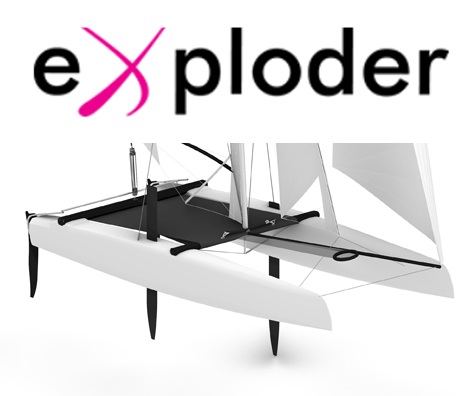
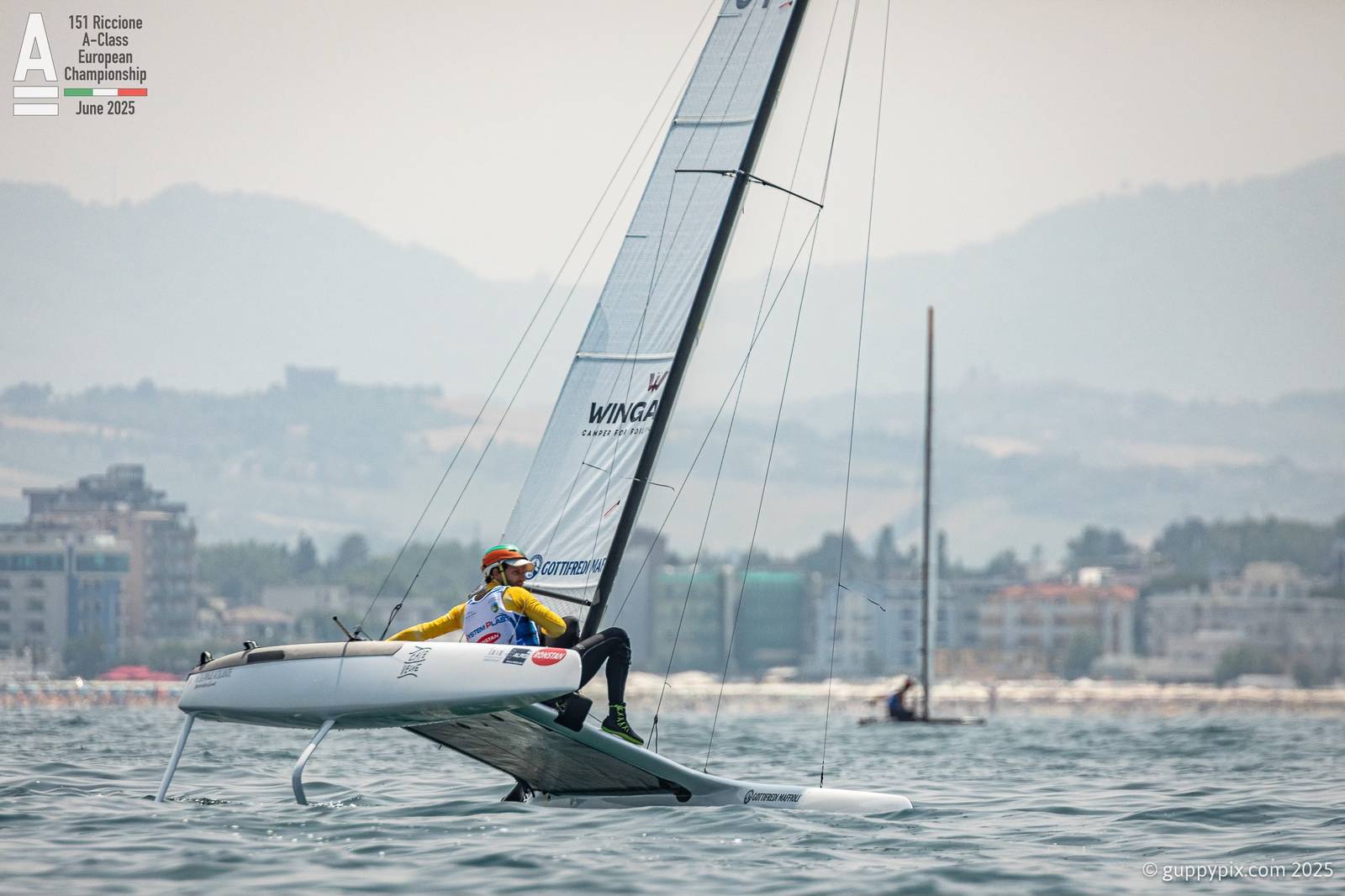

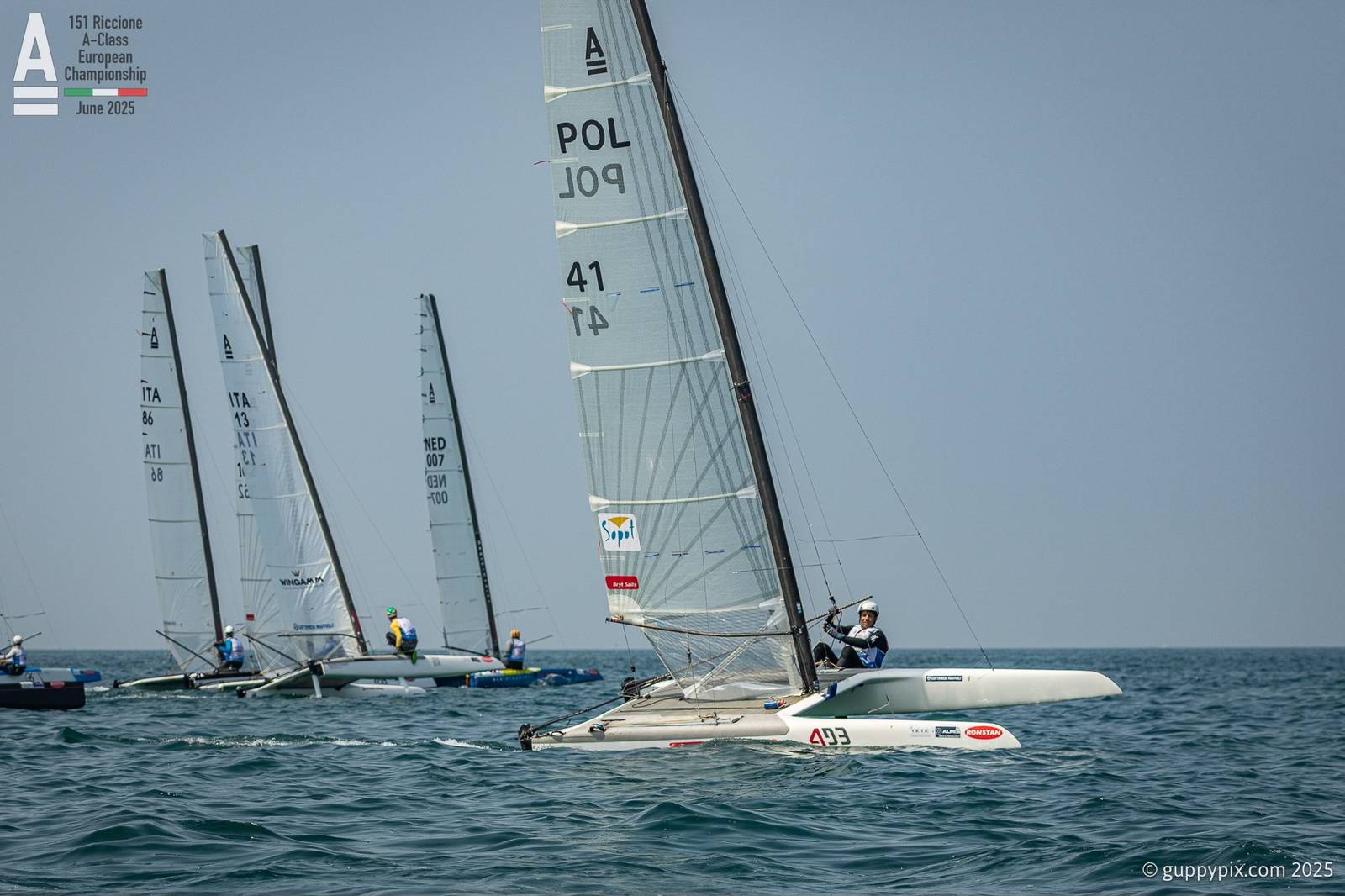
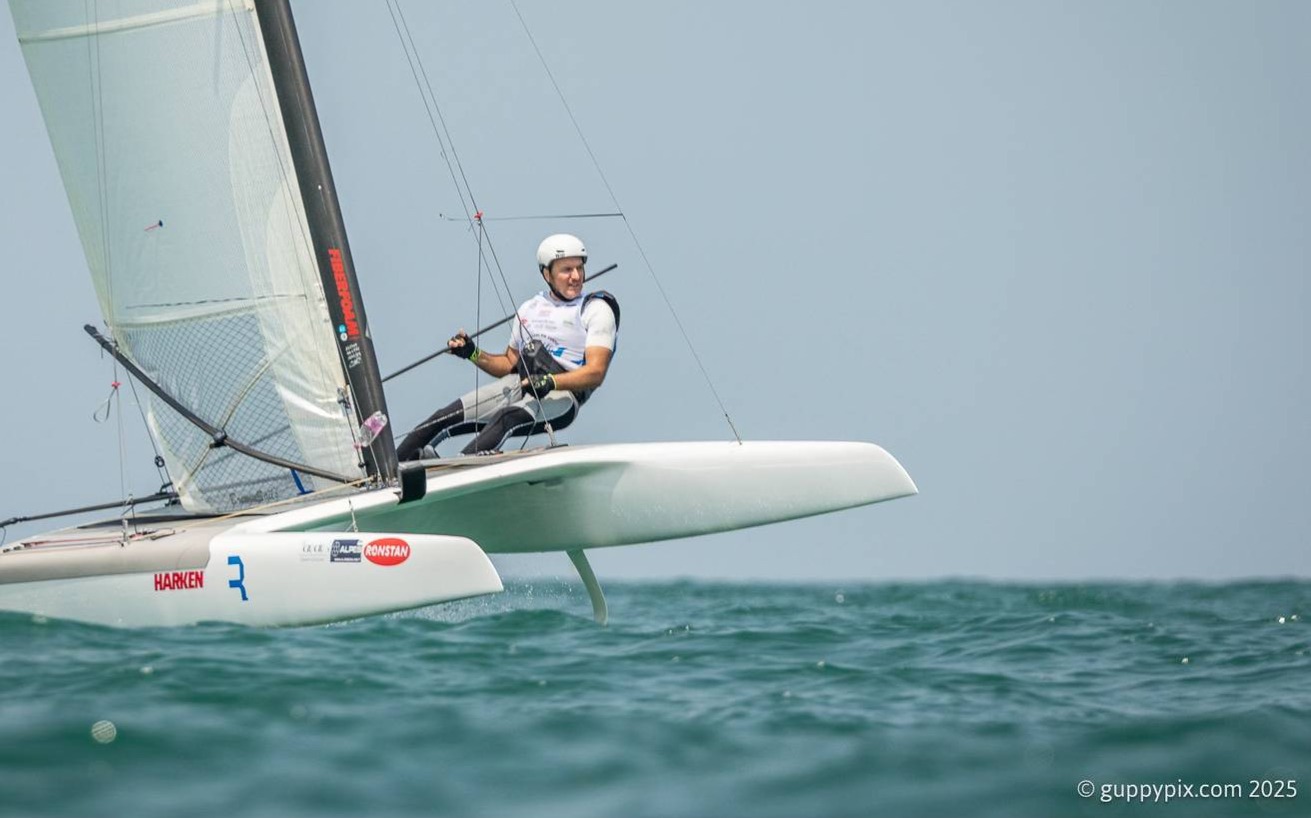
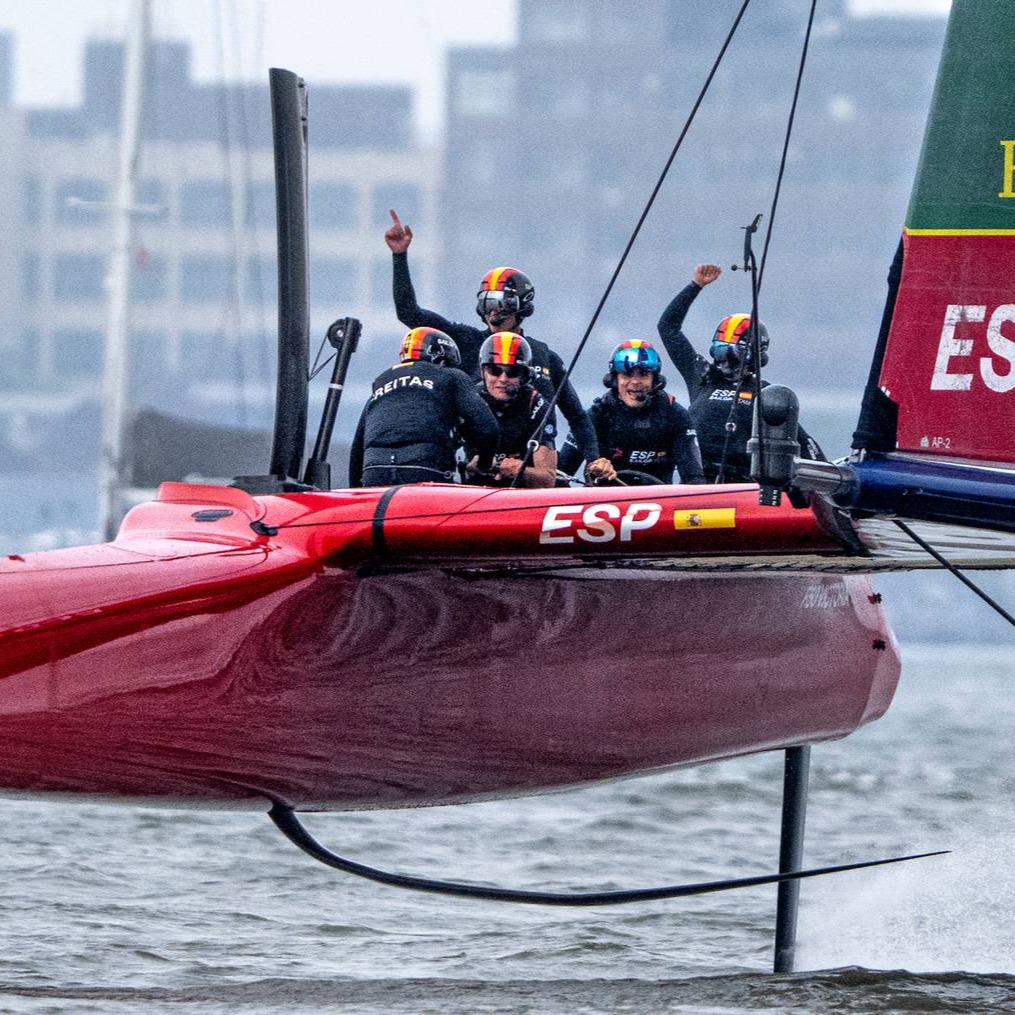
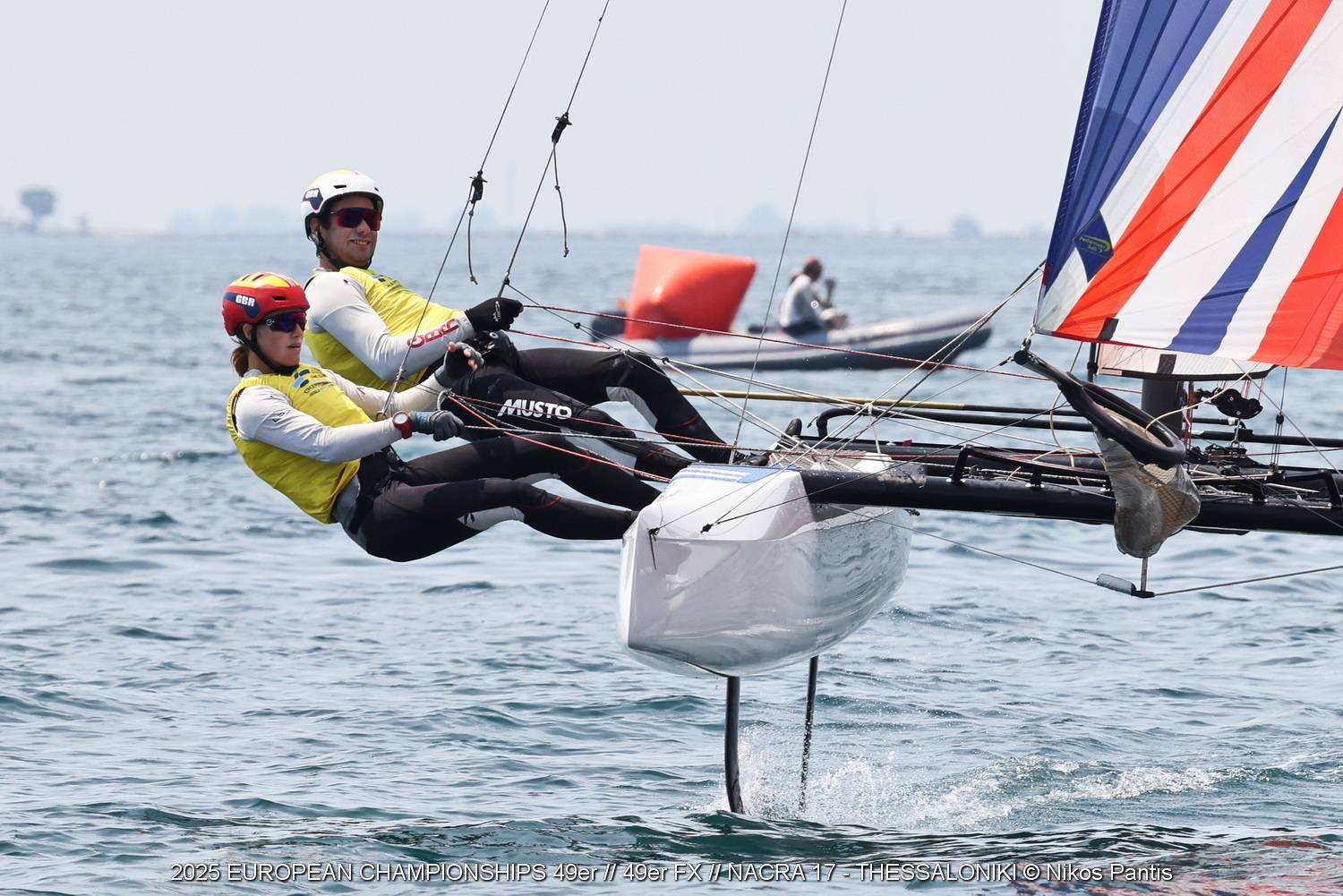
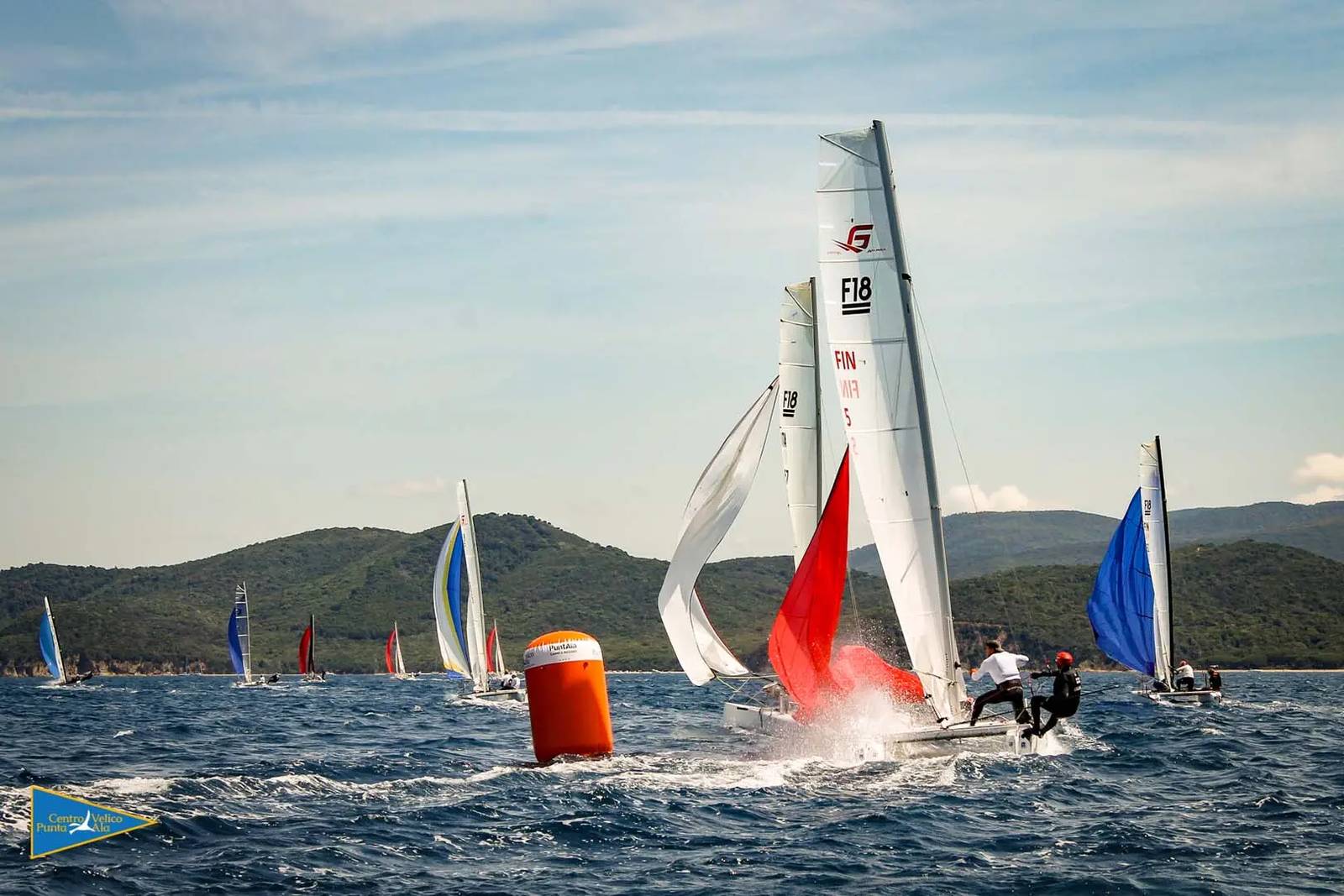
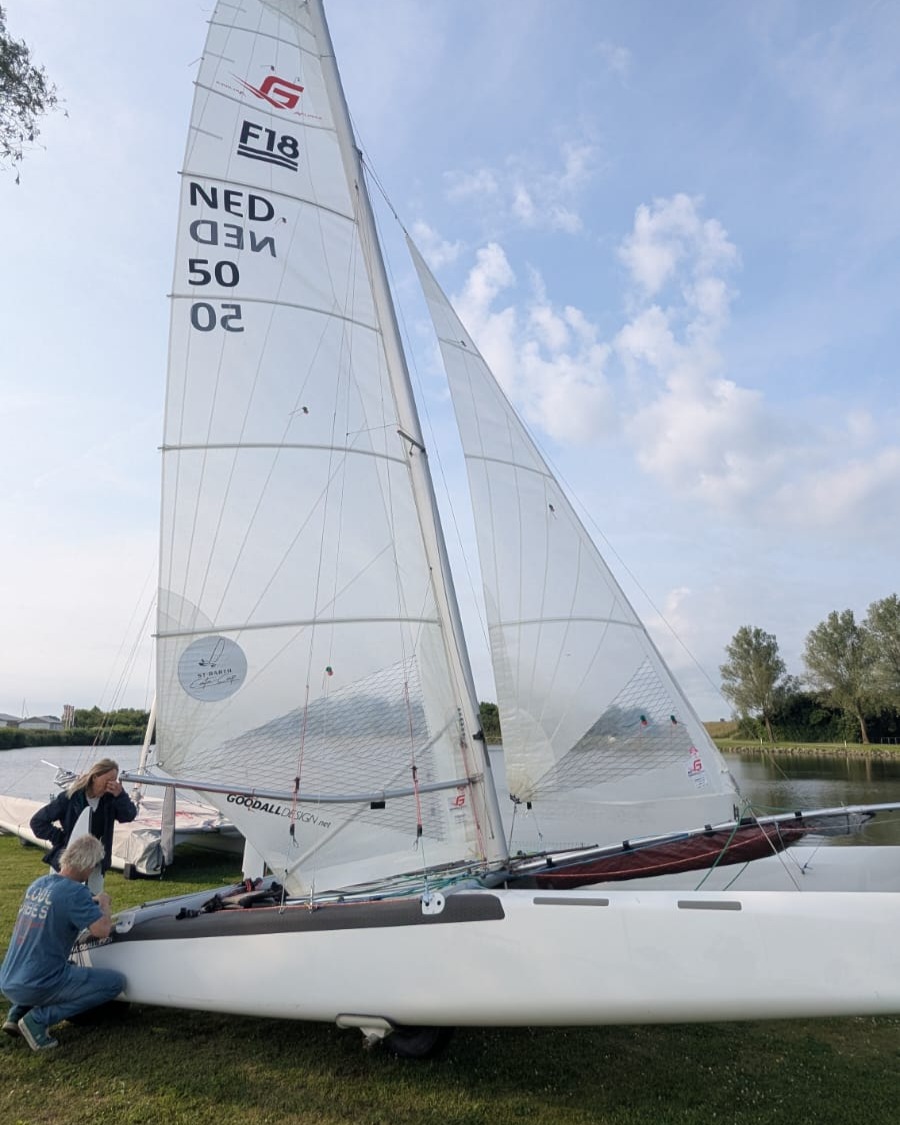
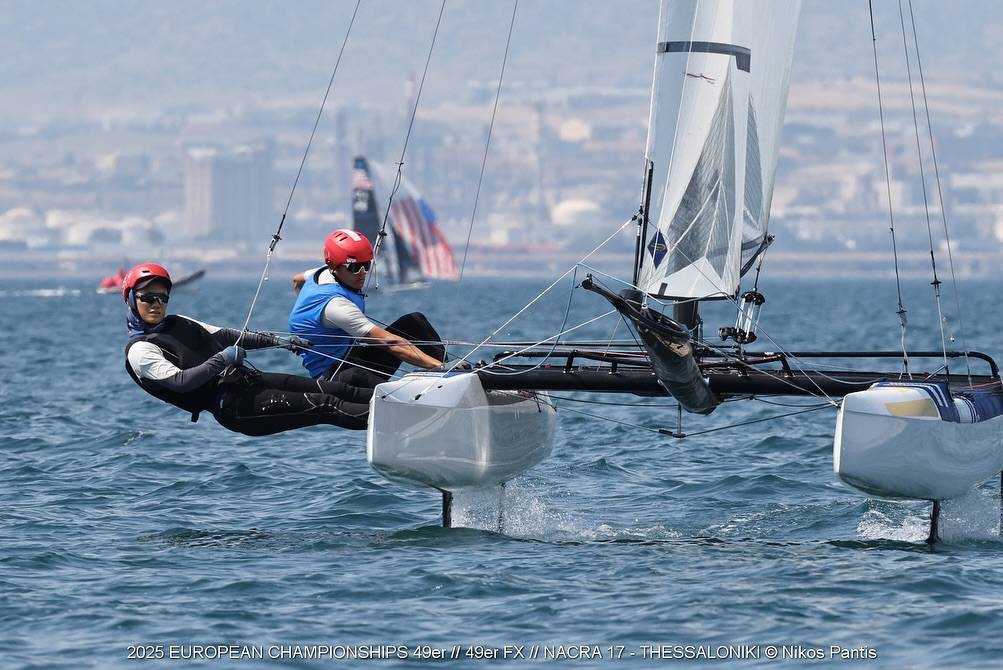



















Teo di Battista , 3° of Classic using Exploder Ad3 2016 version instead Scheurer .
I just heard that my great sailing friend and former CEO of Hobiecat Europe has passed. May The endless oceans…
...Report was sent by an F18 Sailor, if you want Hobies reported send your own, we'll publish as usual. Cheers.
Looks like in your report the Hobies are not really present. Suggest to rewrite the article.
Thanks for the great report Wik. Great battle.